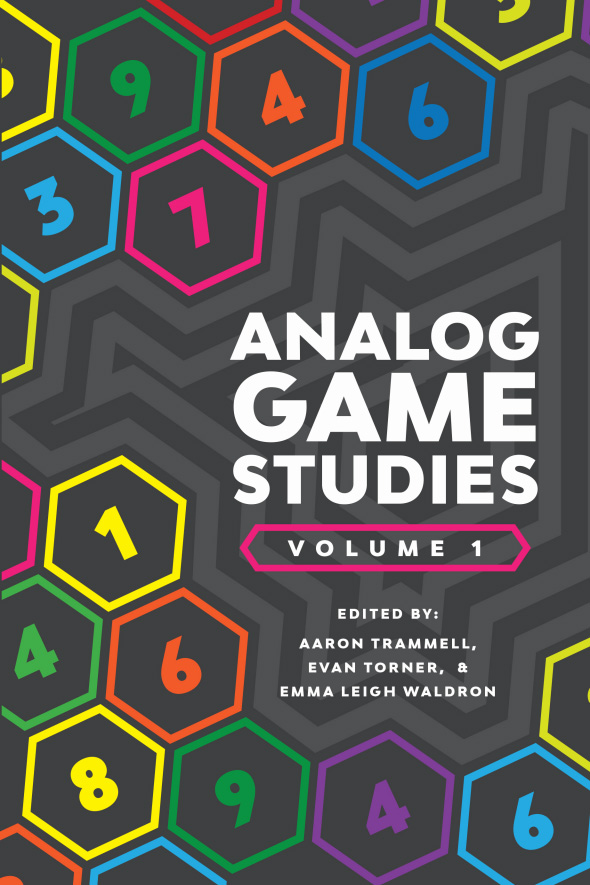 Source: http://cdn.wccftech.com/wp-content/uploads/2016/02/TWoM2.jpg
Source: http://cdn.wccftech.com/wp-content/uploads/2016/02/TWoM2.jpg
This War of Mine keeps players in a constant state of worry, forcing them to make decisions that not only affected the progression of the narrative, but also impacted the outlooks of the other characters. Set in an unnamed Eastern European country in the midst of a civil war, you play as a group of civilians who are trying to survive by any means necessary. This requires the player to craft resources and build up defenses by day and scavenge materials, steal medicine, or even kill other survivors at night. The game is difficult; you are constantly short on resources, underfed, and mending injuries, with one wrong move costing you the life of one of your survivors. The difficulty is purposeful, since the message of the game would be lost otherwise. This War of Mine shows the player the struggles that people must endure when the world around them is irrevocably changed by forces outside of their control as well as the issue of survival at the cost of humanity. As the game progresses, various encounters present themselves that force the player to make those difficult decisions, which will affect the outcome of the game in addition to the disposition of your survivors.
In the new expansion for PC, Playstation 4, and Xbox One called The Little Ones, players experience another layer of complication – surviving when a teenager and a child show up at the entrance of the settlement. The older one asks you to watch over his brother while he goes with a group to scavenge for medical supplies. Should you accept, the brother runs off and never comes back, leaving you with a young boy that cannot defend himself and needs just as much care (if not more) than an able-bodied adult. As if the original game was not morally ambivalent enough, you now have the life of an innocent child to consider when making your decisions. Do you take the time to play with the child when he wants to, or do you ignore him so that you can board up the holes in your settlement? Do you leave the child alone and undefended at night so you can get more supplies, or do you keep someone with him at all times? These kind of decisions make this expansion so much harder, but at the same time so much more engaging.
 Source: http://www.gamesasylum.com/wp-content/uploads/2016/02/ThisWarReview2.jpg
Source: http://www.gamesasylum.com/wp-content/uploads/2016/02/ThisWarReview2.jpg
With this new gameplay dynamic comes a number of new features for the player to dissect. While the child you watch over does not contribute to the functionality of the group at first, you can have the adults teach the child how to perform various tasks around the settlement. This is important to establish early, since the further you progress in the game, the more you will need every able body to help keep the settlement in working order. Just as important as giving the child tasks to do is the ability to help pass the time either by making the adults play with the child or craft toys. Very much like language learning, the child starts off with very little to contribute, but the more he interacts with the people around him, the more experienced he will become.
Another dose of realism hits home when you notice the individual personality traits of every character under your control. As much as you may not like it, Bruno is addicted to cigarettes and if you do not make an effort to get them for him, he will suffer because of it. In addition, if you kill another person while you are scavenging for supplies, your character will be drastically affected by his actions. This comes into play with the new expansion in The Little Ones, where you control a father named Christo and his daughter Iskra, which starts out rather light with Iskra running around with seemingly limitless energy as Christo scrounges up some firewood to cook a meal. Depending on how much attention you give the daughter and how you interact with others, you will affect the way their relationship plays out in the game. Unlike other video games, Christo is not a hardened action hero or a space marine or a seasoned war veteran, he is a regular person, ripped from his regular life and forced to survive in a city torn apart by war. In turn, the player can imagine that they are in his situation, and in effect relate to the context and become more invested in the story.
 Source: https://static1.gamespot.com/uploads/original/1406/14063904/2997291-presents.png
Source: https://static1.gamespot.com/uploads/original/1406/14063904/2997291-presents.png
So why use this serious, dark, violent game in the classroom? Simply put, it allows the learner to get exposure to a context that they may not have any knowledge of and engage their mind in high levels of cognition. According to Sykes & Reinhardt, game designers “use narratives, which include characters, stories, and images, to contextualize game rules and structures,” which allow for “goal orienting, afford interaction, and animate feedback mechanisms” (82). Essentially, players will be more likely to play the game if they can invest their time and energy in a compelling narrative. A great feature of This War of Mine is the player journal, which keeps track of important events in the game as well as personal developments within each character’s inner dialogue. This in-game mechanism could easily be modified for a number of different extension activities to explore character motivations and create fictional narratives to explain how the character ended up in his current situation. Next month’s post on Games2Teach will dive into that in more detail.
This War of Mine: The Little Ones is an incredibly impactful game that immerses players in heart wrenching experiences and assessing how they would fare as an innocent bystander in the midst of a city at war. The controls can take you out of the experience from time to time, since it is definitely frustrating when you try to sneak by a raider only to have your character sprint right in front of him and alert the entire camp. If you are willing to set the clunky control scheme aside, this game has a compelling message to share and will make you appreciate the little things in your life that you take for granted.
-Ben Pearson
References:
Sykes, J. M. & Reinhardt, J. (2013). Language at play: Digital games in second and foreign language teaching and learning. New Jersey: Pearson Education Inc.



 Source: http://ncase.me/polygons/
Source: http://ncase.me/polygons/


